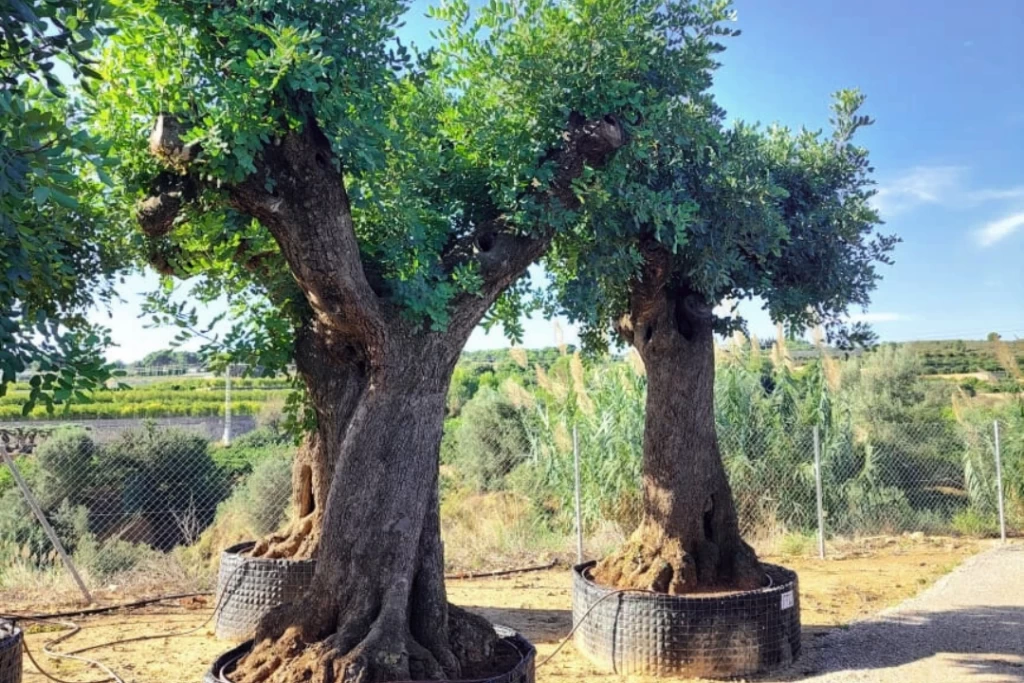
The carob tree is more than just another Mediterranean species — it is a cultural, historical, and ecological icon. Scientifically known as Ceratonia siliqua, this tree has deep roots in Mediterranean tradition and is an excellent choice for any natural or urban landscape that requires both resilience and character.
The carob tree thrives in hot, arid conditions, making it perfect for regions with limited rainfall and high temperatures. It does not require fertile soils or intensive care. Thanks to its deep root system, it can endure long drought periods and flourish even in poor, rocky terrain.
With its lush, rounded canopy and potential to grow into a large tree, the carob provides natural, generous shade — ideal for patios, parks, public squares, or agricultural landscapes. Its foliage remains green for most of the year, offering a discreet yet striking presence in any outdoor space.
The carob tree has played a vital role in Mediterranean history. From Ancient Greece and the Roman era to modern-day Crete and Cyprus, it has been used for food, animal feed, and shade. Its fruits, the carobs, were once essential for survival and are now gaining popularity as natural sweeteners and organic food products.
With its distinct trunk shape and ornamental foliage, the carob tree is ideally suited for:
It can be planted as a standalone feature tree or in rows for creating natural shade and windbreaks.
The carob tree requires:
In the era of sustainable landscaping and eco-conscious design, the carob tree bridges heritage with innovation. Both decorative and practical, it requires near-zero maintenance and makes a bold, environmentally friendly statement in any space.
Discover more Mediterranean species and drought-resistant plants on our website:
interplants.gr
Would you like to integrate the carob tree into your landscape?
Contact the experts at Interplants —
Our experience in Mediterranean planting is your key to success.